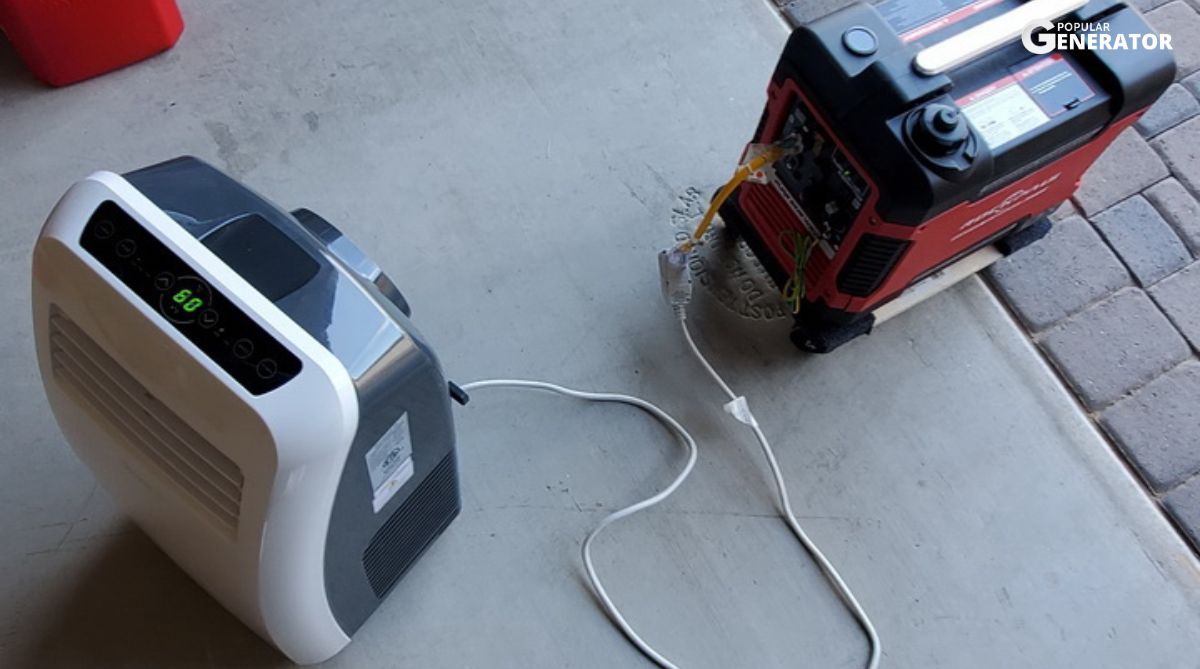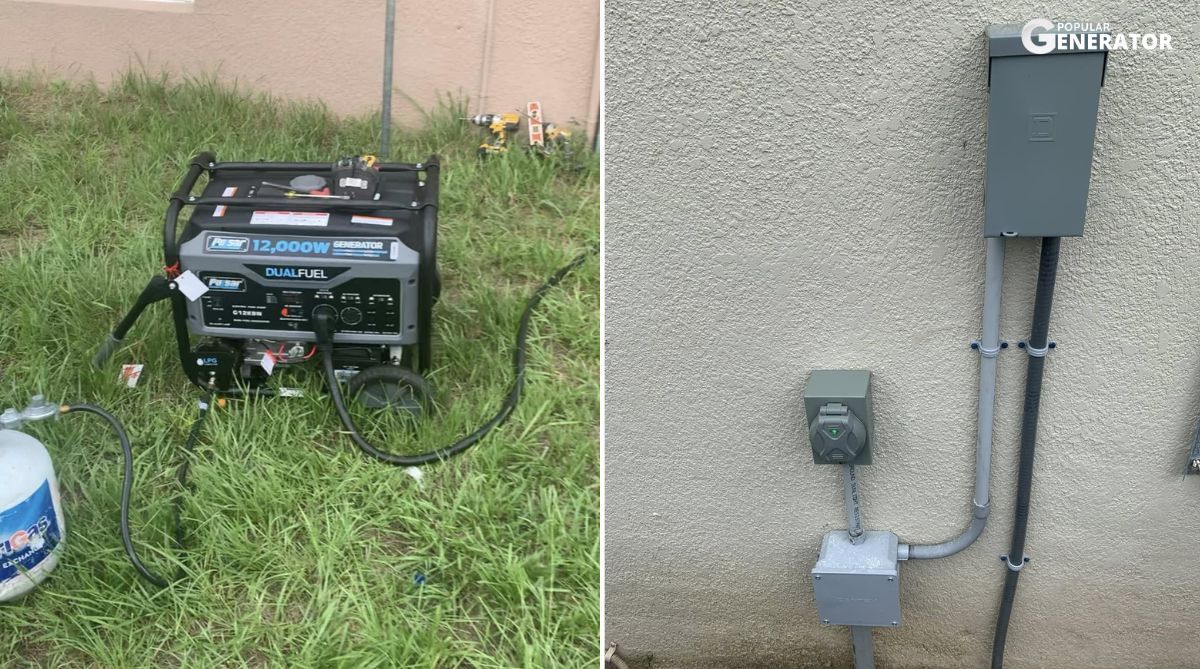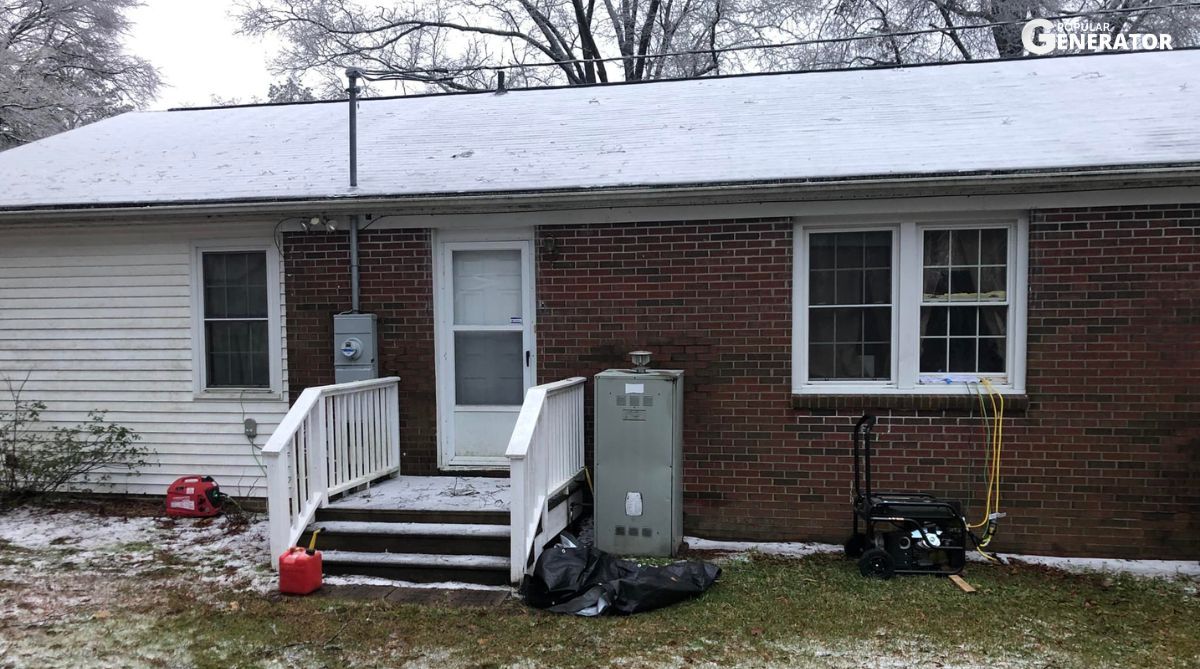With the rising demands for portable power solutions, particularly during seasons marked by severe weather or unforeseen power outages, having a reliable generator option can become paramount. Therefore, understanding the specifics of a 4000-watt generator will help you harness its potential to your advantage. We'll explore various scenarios that illustrate its practical functionalities, ensuring you're well-equipped to make a wise purchase decision.
Will A 4000 Watt Generator Run Space Heaters?
Absolutely, a 4000-watt generator can run space heaters, making it a flexible option for providing heating comfort during colder seasons. The average space heater consumes between 1,750 to 1,800 running watts, with a temporary surge power reaching 1,800 watts when first activated. Calculating within this threshold affords ample headroom for additional appliances.

With its capacity, a 4000-watt generator can potentially operate two space heaters simultaneously, depending on their efficiency and specific wattage requirements. This can be particularly beneficial in settings where heating needs fluctuate, such as various rooms in a dwelling or when utilizing heating during camping trips.
Will A 4000-Watt Generator Run A Microwave, Fridge?
Indeed, a 4000-watt generator can effortlessly run both a microwave oven and a refrigerator, which is a common requirement for many households. A standard microwave typically requires about 1,000 running watts and a fridge consumes something between 600 to 1,200 watts when starting, and roughly around 200 watts for continuous operation.
Having a generator in this wattage range means you can confidently prepare meals while simultaneously ensuring that food stays fresh and preserved. This pairing, often crucial during power outages or outdoor stays, reflects a practical utilization of generator capabilities without exceeding the operating limits.
Can A 4000 Watt Generator Run A Circular Saw?
Yes, a circular saw can be effectively powered by a 4000-watt generator, making it a valuable asset for carpenters and DIY enthusiasts alike. The average circular saw consumes approximately 1,400 running watts and demands around 2,300 watts for startup. The peak wattage threshold of the generator provides sufficient power to meet such requirements, enabling uninterrupted operation during tasks.
This capability becomes especially advantageous at work sites or during home improvement projects, where efficiency is essential but often hindered by electricity dependency. Knowing that you can run a circular saw, among other tools, underscores the versatility of a 4000-watt generator, offering an optimal compromise between size, weight, and output power for various applications.
Can A 4000-Watt Generator Run A Central Air Conditioner?
Yes, a 4000-watt generator can effectively run a central air conditioning unit, specifically one rated at around 10,000 BTUs. Engaging a central air conditioning system may initially draw more power when it starts, thus necessitating consideration of surge watts in addition to running watts. Typically, a 10,000 BTU unit requires approximately 2,200 peak watts to initiate operation, and subsequent running wattage typically averages around 1,500 watts.

This means that a generator catering to the 4000-watt range can handle the rigors of an air conditioning unit. However, it’s important to keep load management in focus. It’s recommended to avoid exceeding the generator’s peak wattage to ensure longevity and optimal performance. This caution becomes particularly relevant during extremely hot days when air conditioning demands peak efficacy.
What Will A 4000-Watt Generator Run For A Work Site?
On a work site, a 4000-watt generator can power multiple essential tools, although it's critical to calculate running and surge watts for effective operation. For instance, a standard electric drill requires about 600 running watts, while portable air compressors (½ HP) may demand up to 1,000 watts. Thus, careful consideration of the tools you'll be simultaneously using ensures the generator can support all necessary operations without overloading.
With this capability, tradespeople can complement their work efforts using various tools including drills, saws, and air compressors without the need for extensive backup power solutions, offering both mobility and energy independence in remote locations or designated workspaces.
How To Safely Run A 4000-Watt Generator?
To ensure safe operation of a 4000-watt generator, adhering to specific guidelines is fundamental. First and foremost, always turn off the generator before attempting to refuel it; cooldown periods are crucial to preventing flare-ups or accidents. Furthermore, when connecting devices, ensure you're utilizing heavy-duty outdoor extension cords designed to accommodate high-wattage loads if your generator isn’t linked to a wall outlet or electrical panel.

Additionally, running the generator in an open and dry space with ample ventilation is important to minimize the risks associated with carbon monoxide exposure. CO is odorless and can accumulate swiftly, so vigilance in operating conditions is key. Finally, regular maintenance, such as timely oil changes and spark plug replacements can prolong the generator's lifespan and operational safety.
Conclusion
The inquiries surrounding what can a 4000 watt generator run ultimately reveal its multifaceted capabilities; it adeptly handles appliances essential for residential comfort and essential tools for work sites. With the proper understanding of starting and running watts, a 4000-watt generator can function effectively, ensuring a reliable power source for various needs. As individuals seek out backup power solutions during outages, or energy sources for outdoor activities, the knowledge of a generator's power potential contributes to a safer, more prepared approach in effectively managing your power needs.










